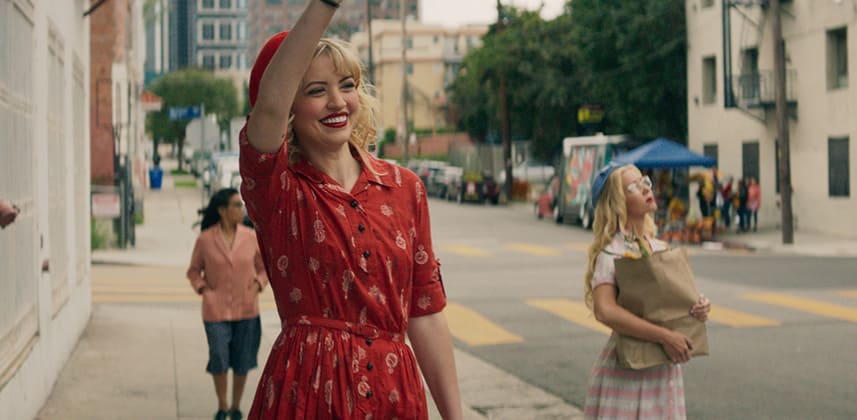| Series |
|---|
Trying To Break Out Of Old Habits
I’m sure many of you have spent as much time as I have chasing that “film look” both for ourselves and our clients.
Buying grain, plugins, LUTs and endless experimenting on how to combine them all together to get the best film look and feel.
I’ve decided to set my New Years’ resolution early this year and try and put that same level of time investment and effort into cleaning up my looks.
This “cleaning up” which I’ll explain more down below, is all down to a reality check I had recently.
My previous insight was a huge success (in my opinion) on the emulation of 16mm film.
If you haven’t watched it already you can check it out here
The dirt, grain and softness really did add up together to give that raw dirty feel that worked well.
This overconfidence on how well I could emulate 16mm got me in trouble on the very next job I did.
It ended up with me having to do a total 180-degree turn and regrade it completely.
The Job
Unfortunately, the job I’m speaking about below isn’t coming out until January so apologies for being a little vague.
I promise I’ll do a full Insight on it as soon as I can.
It is actually a bit of a bucket list job.
It features an A list Hollywood actor, it’s lit beautifully and shot on red at 8k.
The perfect combination for a great grade!
I was lucky enough to have some time with the footage before the director attended the main grade.
On the back of my 16mm adventures on the previous job, I dived in head first pushing this into a 16mm world.
I spent a good 3 or 4 hours setting the look and feel in this mushy soft grainy world using the techniques I showed in my 16mm emulation insight.
Because this was such a big actor I thought why don’t I treat myself to some A-level movies to wrap up the day and get some look ideas.
I ended up spending a good 8 hours watching movies and trailers.
Films like Solo, Deadpool 2, The Avengers, Jurassic World etc..
One thing shocked me when I finally thought about it.
They are all clean.
Sharp images, minimal grain and no heavy mushy shadows like you’d find with my typical 16mm film style grade.
The Next Day
As you can imagine sleeping on a grade is great medicine.
I sat down to look at my grade from the previous day
I hated it
Because I was looking at a Hollywood actor on my monitor in my suite I could directly compare them to the movies I had been watching the day before.
I was incredibly disappointed in myself. It was like something had clicked in my brain after watching those high budget feature films.
I had muddied up the image so much that it had no separation and looked straight up bad.
The skin was pale and the clipping of the highlights made the actor’s face look round and flabby instead of defining his jawline.
I had fallen into the trap of not using my eyes and brain to think of what was best for this grade and forced a heavy 16mm look onto it.
The fact is that most big movies don’t look like grungy 16mm film.
My Recent 16mm style grade
Deadpool 2 Trailer
You can see how clean the footage is but it still looks “cinematic”
That is what I’d love to achieve with my grades moving forward.
Even the jobs shot on 35mm film don’t have much grain and look incredibly modern.
Some Examples And My Plans
This is only the beginning of my quest for better “clean” grades so for now, I don’t have the secret sauce or a definite answer to what I am going to do next.
What I can say is that I had fallen into a comfort zone of relying heavily on lifted mushy shadows, heavy grain and being heavily biased towards film stock style colours.
Let’s jump over to my video insight below so I can show you some examples of how my grades vs clean blockbuster grades look.
-Dan
Member Content
Sorry... the rest of this content is for members only. You'll need to login or Join Now to continue (we hope you do!).
Need more information about our memberships? Click to learn more.
Membership optionsMember Login


